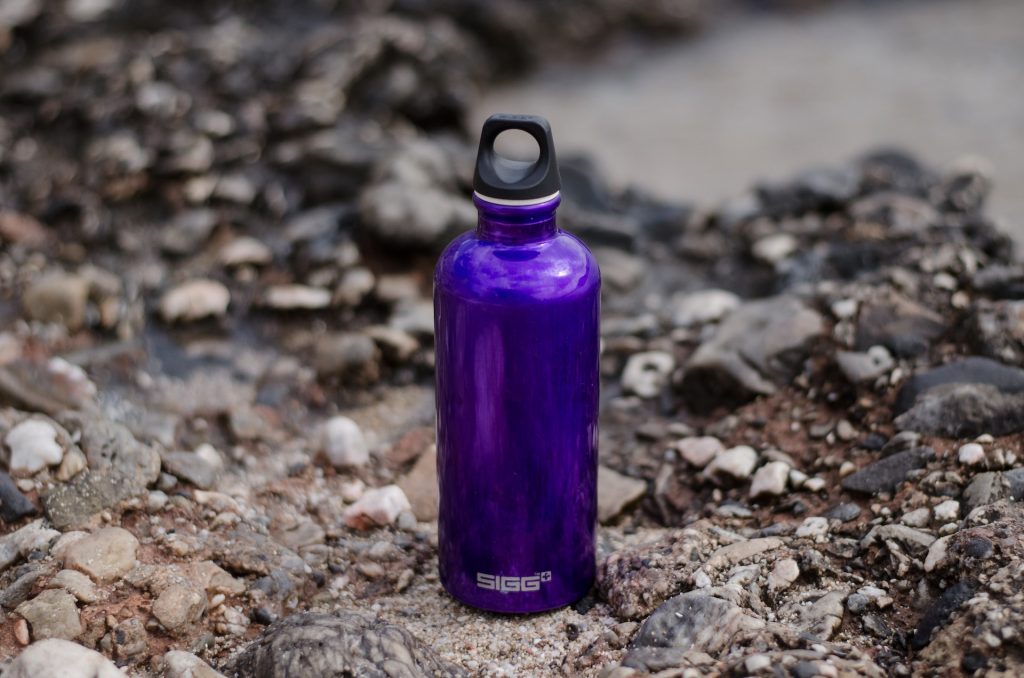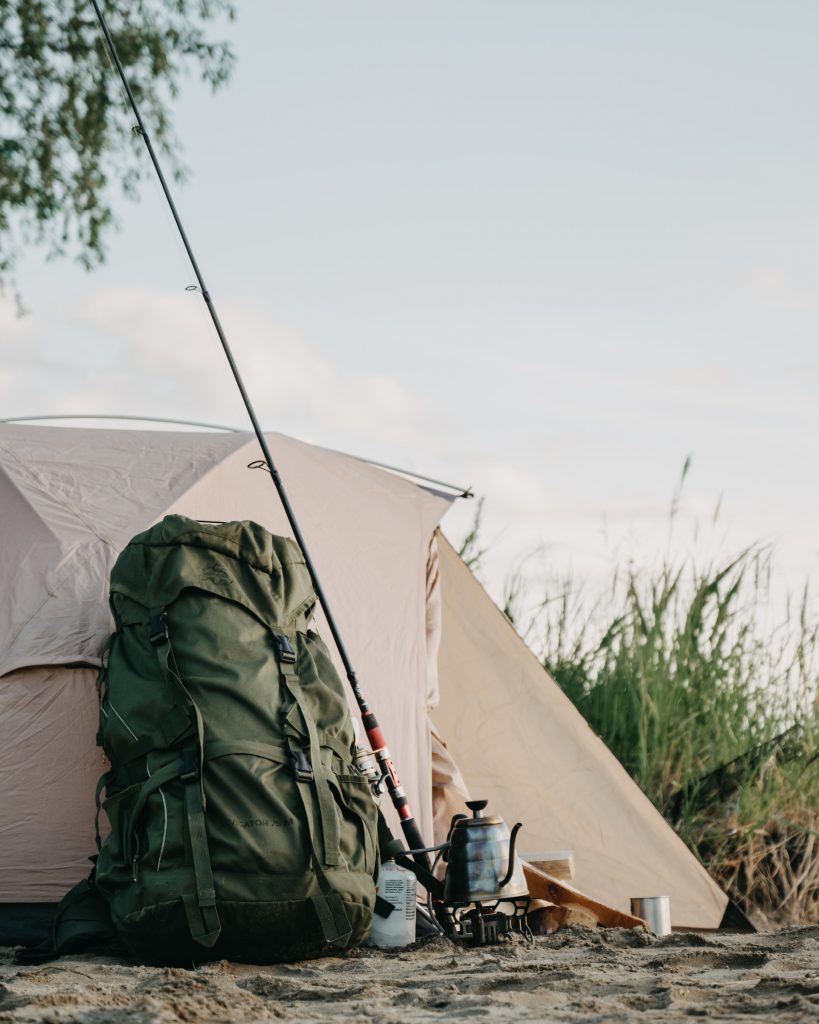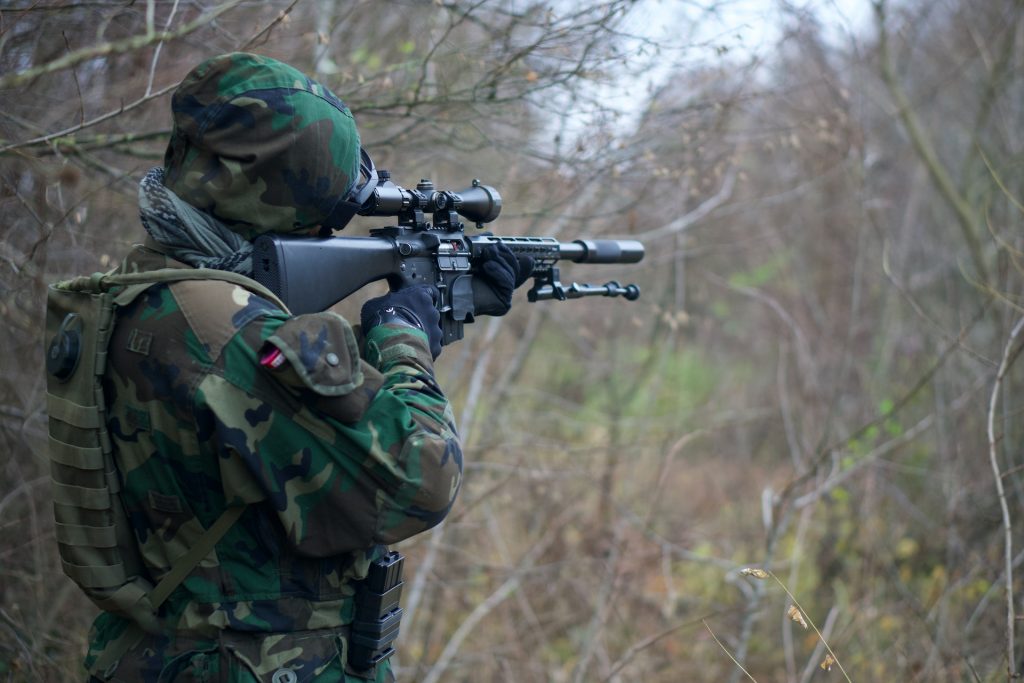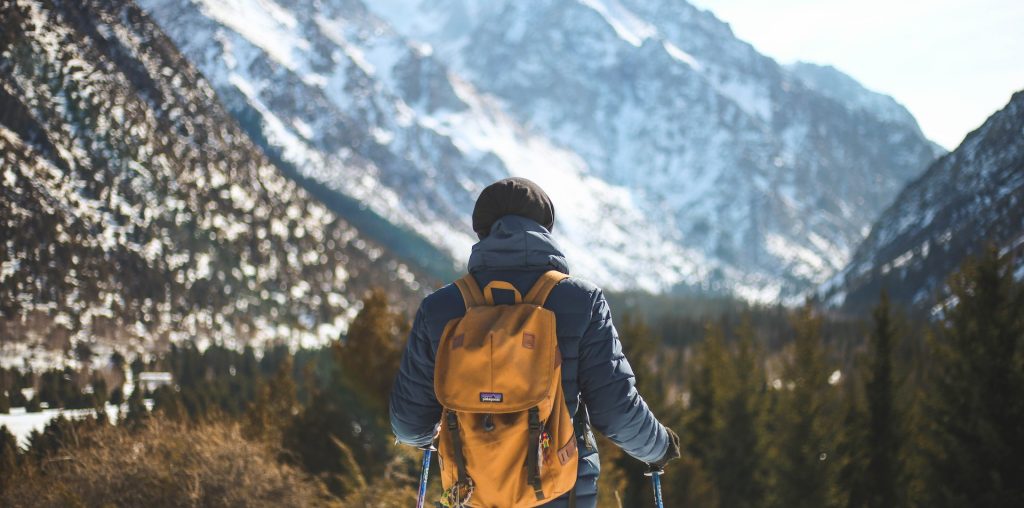Having a bugout bag is essential for any prepper. Of course most people want to be able to bunker in and remain with their property, but sometimes that just isnt possible. In the event that things get too dangerous to remain where you are, you will need to be prepared to evacuate, and ensure that you can survive as long as possible, especially if you are evacuating to a remote location.
First of all you will need to be sure your bugout bag is large enough to store a few days or even weeks worth of supplies, yet still able to be carried. There is no point in packing a large bag if you cannot carry it very far; remember that you may have to walk on difficult or steep terrain, so be sure that you can manage your pack.

Now we will discuss the most essential contents. You should pack with the rule of three in mind – 3 seconds without situational awareness, 3 hours without shelter, 3 days without water, and 3 weeks without food.
When packing your bugout bag, you will want to ensure that you have essential items easily accessible: you don’t want to be spending precious minutes digging around at the bottom of the bag in an emergency! if your bag does not have many external pockets, you can attach smaller bags to your bag with carabiner clips. In these pockets you should have items to ensure you can remain as organized as possible. I recommend keeping a flashlight, compass, a hand crank radio, knife, multi tool, paracord, and a map of the area if possible. You should also keep a basic first aid kit easily accessible, and it could contain things like bandages, tape, q-tips, gloves, alcohol wipes, thread, curved needles, tweezers, and a hemostatic agent, but you should tailor it to your particular medical needs.

You will need to be able to create shelter, so we recommend packing a small collapsible etool shovel, small hatchet, more paracord, trash bags that are useful not only for carrying items, but for making a waterproof poncho or shelter cover, and some waterproof tarp or plastic sheet that can be rolled up and secured ontop of the bag to allow more room for items. You should also ensure that you have firestarter items such as lighters, and a flint and steel – pack both, because a flint can be used long after the lighter has run out of gas.
The next absolutely essential item you will need is a method of ensuring that you have a water supply. Of course it is a good idea to have a few bottles of water, but they will last a day or two at most, and you will have to be able to guarantee that any water you find is safe to drink. We highly recommend investing in a couple of lifestraws. They are small, lightweight, and easily affordable. Each one can be used to drink directly from even a small puddle, and is capable of filtering up to 1,000 litres (the family version can filter up to 18,000 litres) before needing to be replaced. Other handy items are potable chlorine tablets to purify water, a filtered water bottle, and a tin or small kettle to boil water in. If you can, i highly recommend investing in a camelbak or similar water bladder so that you can go further without needing to find a new water source. I would also pack a spork and a few small tins of food or packets of dried food, but do not waste valuable space packing food – remember that you can last 3 weeks without food, and in most environments it is easy enough to find something to eat, even if it is only vegetation.
You should also have a means of defense. A gun bag packed with a rifle or shotgun, some loaded magazines, and extra boxed ammo will ensure you can readily defend yourself or hunt for game. Remember to include a gun cleaning kit to ensure your weapon is kept in optimal functioning condition. It is also a good idea to have a handgun that you are able to carry on person for instant defense.

Once you have the absolute necessities packed, you can begin to fill any extra room you may have with other useful items to further improve your survival. Some great items to pack are a magnifying glass, tin foil for cooking, exacto knife, zip ties that can be used as emergency restraints, a sewing kit, a waterproof bag containing spare socks to ensure your feet stay dry and can stay mobile, medium and heavy duty gloves to protect your hands, and a change of clothing, goggles and a face mask with p100 filters which are good for filtering airborne diseases, super glue for closing small lacerations and repairing broken items, duct tape which is good for pretty much anything, a break-barrel pellet pistol and pellets to hunt small game that may be difficult to reach by hand, a crow bar, a small personal tent incase resources are limited and you are unable to build a shelter with what is around you, and a good sturdy pair of boots – keep in mind that they may be the last pair of boots you ever wear.
